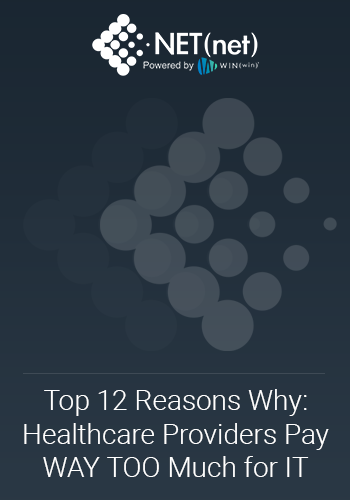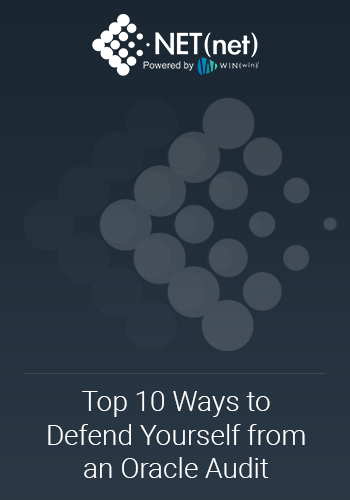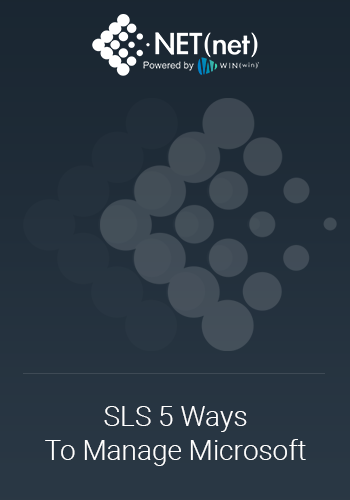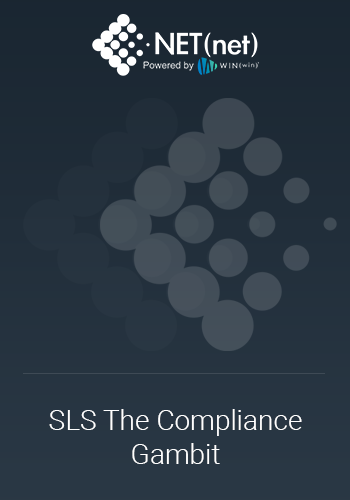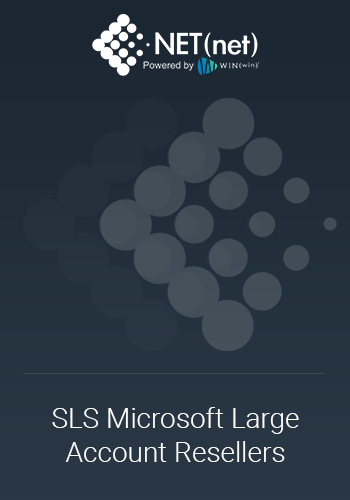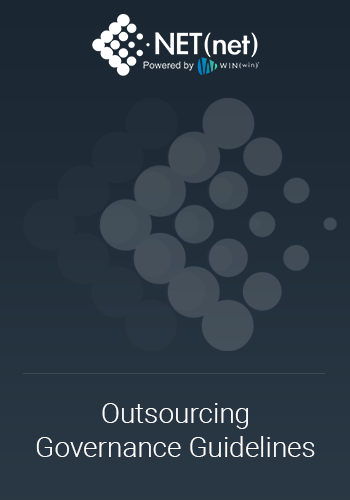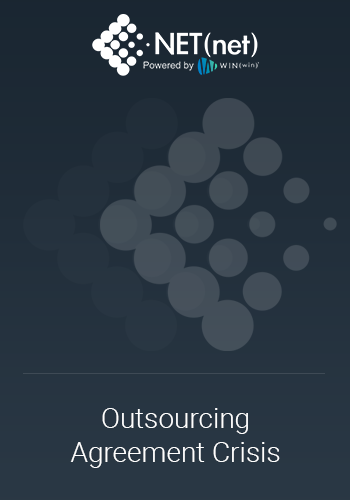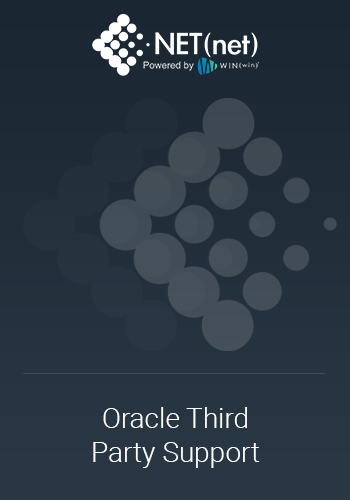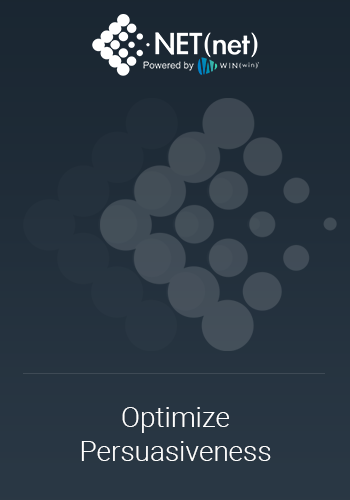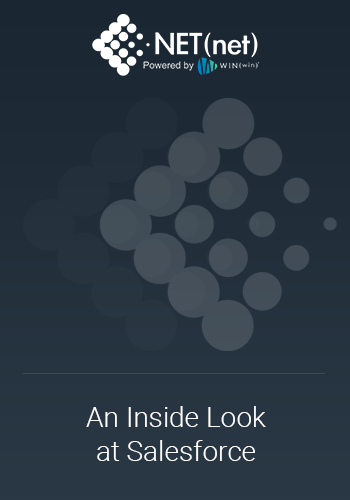SaaS Subscription Squeeze Preface The days of relying on personal relationships to secure favorable deal terms are over. IT vendors are aggressively shifting their focus towards capturing a larger share of your value chain and more of your wallet share. Their maneuvers include: Subscription-based pricing models: IT vendors are locking customers into recurring fees with additional consumption costs, making it difficult to predict and control long-term technology costs. Reduced flexibility: Subscription access often comes with limited customization options, and tiered access that requires you to subscribe to more expensive levels that offer ...
Read More
Preface Nearly all clients are seeking greater prosperity in 2024. While client organizations are still focused on cost reductions to meet the challenges of their new economic and market realities, the pent-up demands of the business are increasingly calling for innovation, automation, and organizational performance improvement. Digital Transformation has emerged as the #1 Way to Boost Performance and Savings concurrently. Client organizations that are digitally transforming are harvesting greater value by: Automating tasks (RPA) to streamline efficiencies Unlocking data insights (ML) for better organizational (AI) decision-making Empowering ...
Read More
Preface Despite a pervasive industry need, cloud cost optimization has not yet lived up to its potential. Clients are continuing to suffer from cloud cost overruns and efforts to cut costs have been largely ineffective. So then, what is the future for cost optimization with cloud solutions like AWS, Azure, and GCP? Background Review our recent 3-part series on Cloud Costs: Take a look back at our recently completed 3-part series on cloud costs, where we detailed the top 5 price shock phenomena of cloud computing, and how those shocking prices were often caused by migrated workloads that turned out not to be well suited for cloud computing ...
Read More
Preface A big story in the first quarter of 2023, is that the era of hyper-accelerated cloud migrations, which has been causing unassailable growth for the major cloud computing providers, may be slowing. Last quarter, Amazon (AWS) posted 'the slowest growth in its history' at 27.5%, down from 33% the quarter before. Cloud Growth at Azure, and GCP is slowing too as customers get a dose of cloud 'cost reality' or what we like to call, Price-Shock. As it turns out, cloud deployments are not always cheaper than implementations on-premises, and many client organizations are determining that previous cloud-migrated workloads may not deliver the ...
Read More
Preface Thank you for joining us for this 3-part series on Cloud Costs, where we explore the Top 5 Price Shock Phenomenon’s of Cloud costs, resulting in part from the Top 5 Workloads that are NOT Well Suited for the Cloud, and largely resulting in the Top 5 Reasons Why Clients Are Repatriating previously migrated Workloads from cloud deployments back on-premises: Part 1 (Feb 15): Top 5 Price Shock Phenomenon’s of Cloud Costs Part 2 (Mar 15): Top 5 Workloads that are NOT Well Suited for the Cloud Part 3 (Apr 15): Top 5 Reasons Why Clients Are Repatriating Workloads (This One) Part 3: Top 5 Reasons Why Clients Are Repatriating Workloads In ...
Read More
Preface Thank you for joining us for Part 2 of this 3-Part series on Cloud Costs. Please reference the following 3 blogs to get the complete 2023 Cloud Cost Series: Part 1: Feb 15: Top 5 Price Shock Phenomena of Cloud Part 2: Mar 15: Top 5 Workloads that are NOT Well Suited for the Cloud Part 3: Apr 15: Top 5 Reasons Why Clients Are Repatriating Workloads Part 2: Top 5 Workloads NOT Well Suited for The Cloud Introduction Since the mid-2000s, clients have been migrating workloads to the cloud with increasing frequency, but recently, we have seen clients start to repatriate previously migrated workloads back on-premises, due in no small part ...
Read More
A rigorous assessment of the business objectives and a well-defined migration plan are critical to realize the benefits of moving IT activities from your legacy on-premises infrastructure to a public cloud provider. Any technical gap or delay in cloud migration will erode the economics and benefits of the cloud with unexpected expenses and performance issues. To that point, a recent survey by SunGard Availability Services uncovered the following: Over 45% of IT decision-makers indicate they struggle to forecast and understand the costs associated with cloud migration. 40% of respondents cited they ‘lack understanding of cloud architecture ...
Read More
There is a growing energy crisis in Europe that may have a significant impact on availability and pricing soon for consumers of cloud providers like AWS, Microsoft and Google. With an ongoing war in Ukraine and green energy policies taking effect all over Europe, the pressure on energy has never been greater. And with a supply that could be constricted coupled with growing demand, may equal a business risk for you. The big three customers may take all that on-demand capacity for granted, but those days may be numbered. As French President Macron recently underscored, “We are no longer living in a world of abundance.” Supplies for every ...
Read More
There is a perfect economic storm brewing right now making it unlikely that cloud hyper-scalers like AWS, GCP and Microsoft will continue systematically lowering prices anytime soon. As inflation rises faster than it has since the late 1980s, the cost of doing business for these providers is going up, especially impacted by: High energy costs Increased cost of capital Supply chain issues (like semiconductors for example) Build and operating costs for new data centers If this period of inflation and low growth continues, it would potentially interrupt the declining price trends in cloud computing services. In the worst-case scenario, it could ...
Read More
Cloud spend is anticipated to continue its massive growth trajectory for the foreseeable future. However, the spend does not have to match that same growth curve! To help our Clients maintain sound Cloud Optimization programs, we've assembled a series of articles and tips called: 12 for '21 Cloud Optimization Series (note: request a download of all 21 here). Today we review the fourth installment in the series: Set Up Hierarchical Storage Management. Data sets have specific lifecycles. Early on, your workload might often access the data. But overtime, data access, in particular the aging one, drops drastically. Some data remains idle in the ...
Read More

